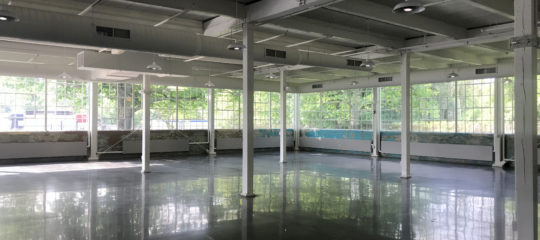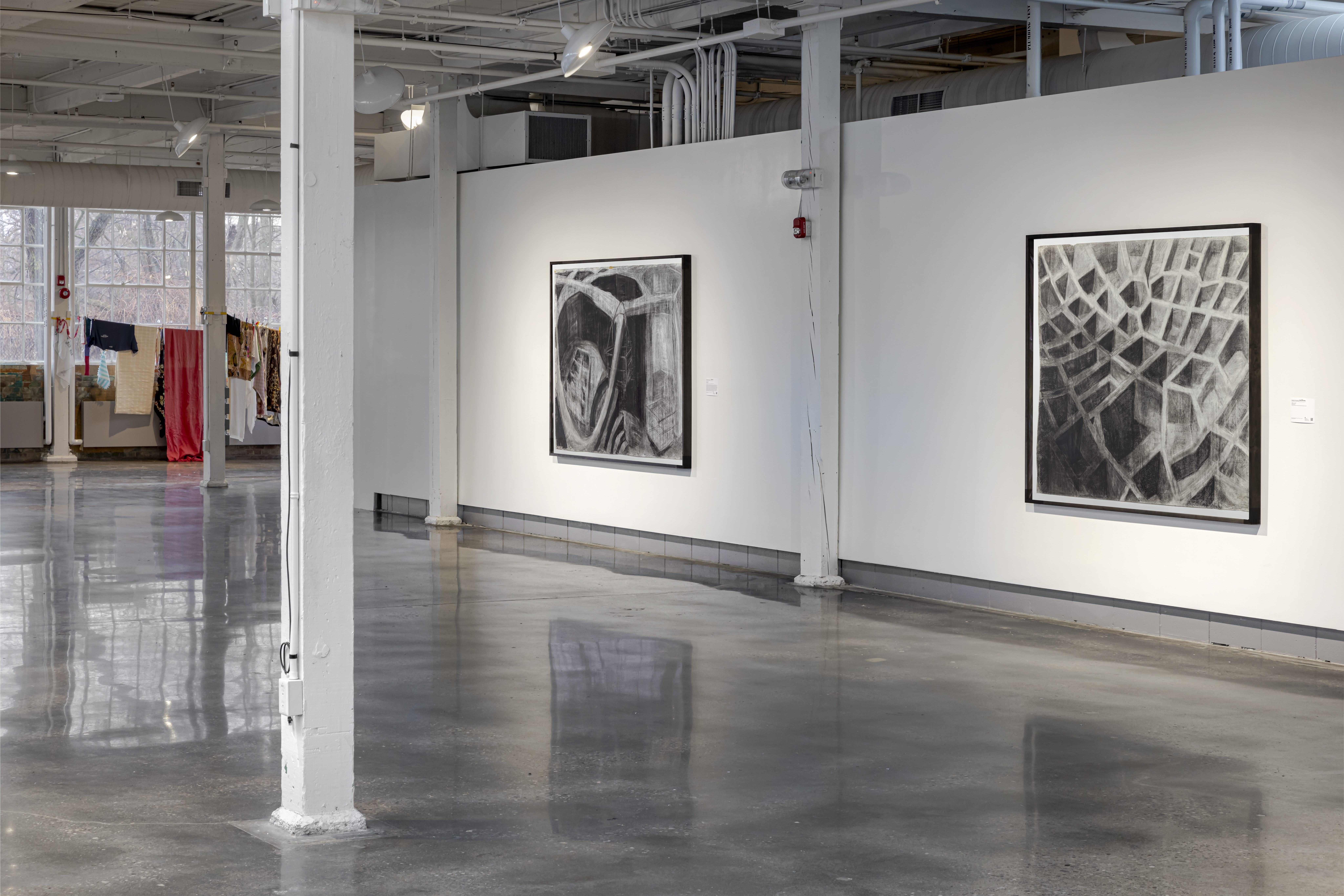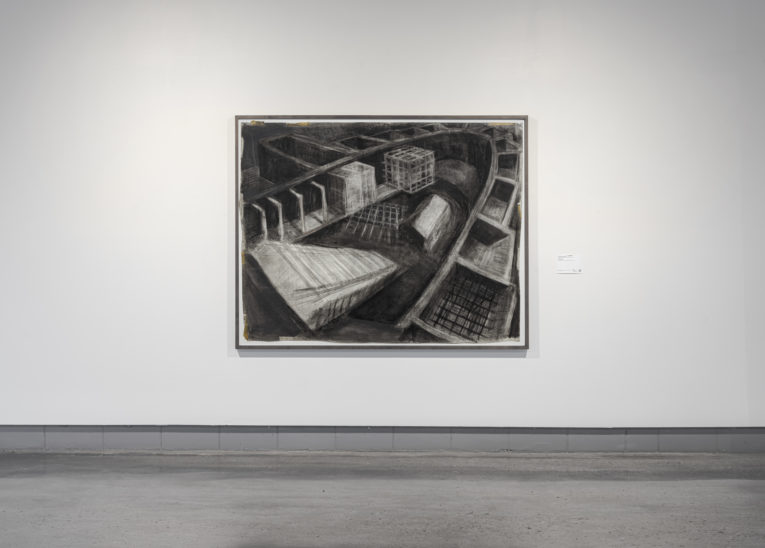Denyse Thomasos is best known for her large-scale, semi-abstract paintings. Her work often references architecture and structural elements as a means of discussing themes as varied as slavery, mass incarceration, immigration, and urban life. Many of the colours and motifs in her pieces are inspired by non-Western societies, specifically those in West Africa, India, and China—the three main cultural influences in her native Trinidad.
Denyse immigrated to Canada as a child in the early 1970s, settling with her family in Toronto. As a Black person in a largely white education system, she struggled with feelings of isolation and a lack of accessible information about her history and culture.
The architecture of the transatlantic slave trade looms large in her work. In a 2012 interview shortly before her passing, she expressed: “I was struck by the premeditated, efficient, dispassionate records of human beings as cargo and also by the deplorable conditions of the slave ships—so many Africans stacked and piled into the tiny, airless holds. In my artworks, I used lines in deep space to recreate these claustrophobic conditions, leaving no room to breathe. To capture the feeling of confinement, I created … paintings of the structures that were used to contain slaves—and left such catastrophic effects on the Black psyche: the slave ship, the prison, and the burial site. These became archetypal for me. I began to reconstruct and recycle their forms in all of my works.”
The Toronto Biennial presents three large-scale charcoal drawings from the artist’s student days showing the emergence of motifs that would play a significant role throughout her career. They demonstrate tangible links to the foundational concepts that she would later expand upon with her paintings.
Made possible with the generous support of the Women Leading Initiative. Production support generously provided by Superframe.
Detailed Audio Description:
Audio Didactic:
Bio
Denyse Thomasos (born in 1964, Port of Spain, Trinidad; died 2012) emigrated to Toronto with her family at age six. Following a BA at the University of Toronto and an MFA at Yale University, New Haven, she moved to New York to pursue a painting career and took a teaching position at Rutgers University, New Brunswick. Her work sought to narrate the psychological impact of colonialism on people of colour, from slavery to the present day. Extensive travel informed her paintings, frequently referencing cultural objects and architectural forms, including woven baskets, buildings and ships.
Exhibition Site
Small Arms Inspection Building

1352 Lakeshore Road East
Mississauga ON
L5E 1E9


